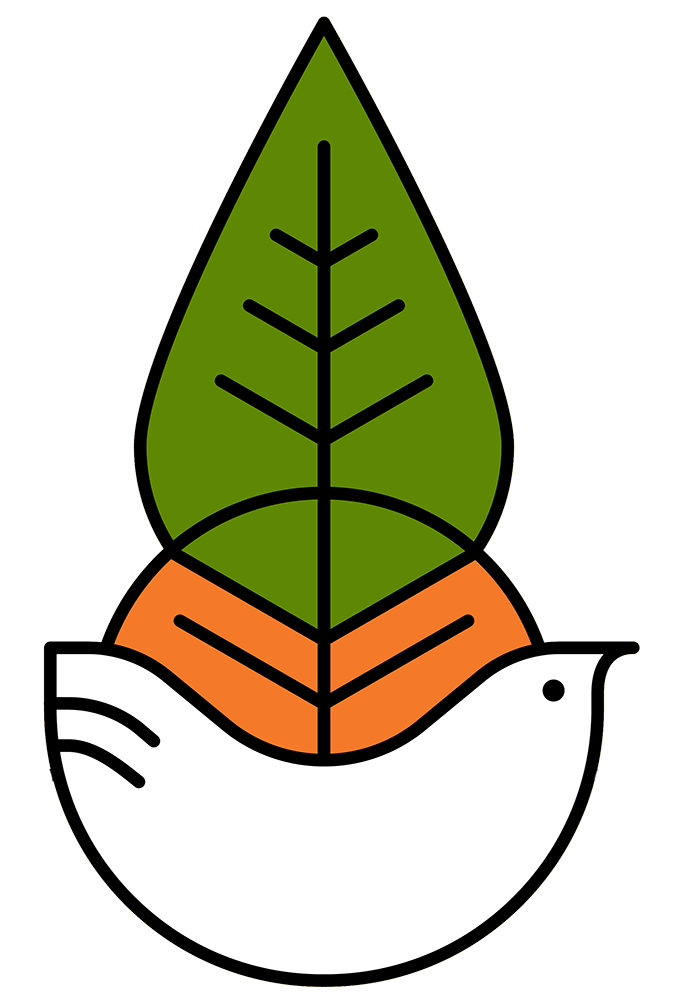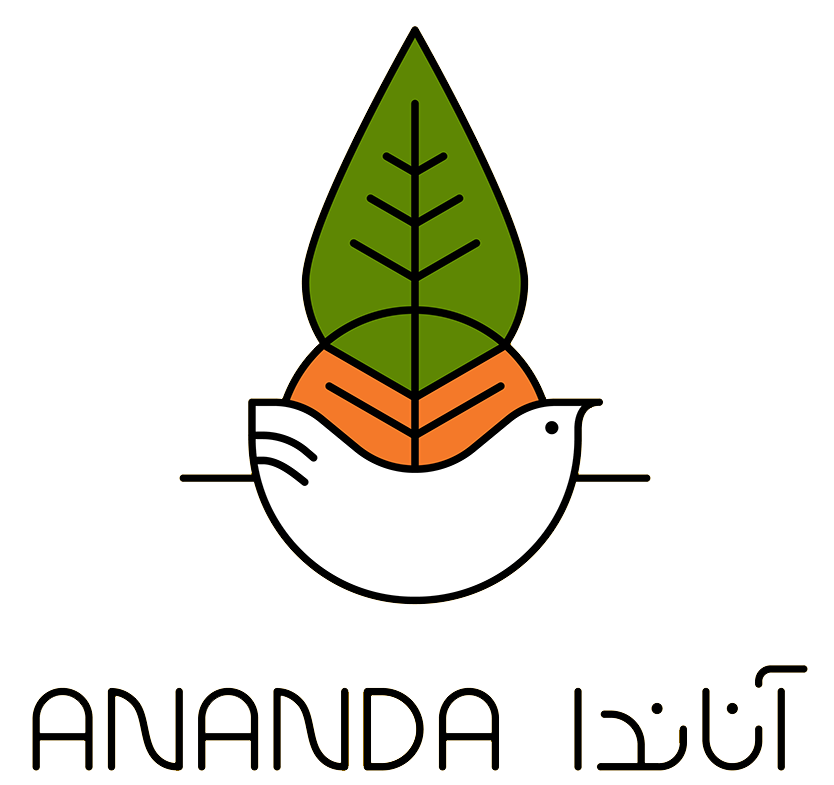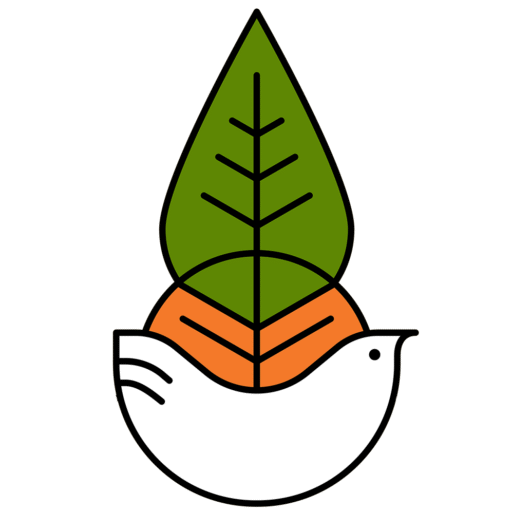Nadi Shodhana
Have you ever heard the word Prana? You’ve probably heard it many times from your yoga instructor.
Prana means “life force.” It is the thread that connects the body and the soul.
A tangible expression of Prana is the breath itself. Breathing is the act that turns this life force into consciousness. In fact, Prana is the vital breath of life — the main reason we are conscious beings. The moment this force leaves the body, consciousness departs, and life ends.
You have likely also heard the word Pranayama in yoga classes. Pranayama means “to control Prana consciously.” It is the art of regulating the breath. Pranayama consists of a series of yogic techniques and exercises that make you aware of your breathing and create harmony among Prana, breath, emotions, and consciousness.
When Prana is out of balance, the mind becomes noisy and restless, jumping from one thought to another without peace. But when Prana is balanced and your being is filled with this vital energy, your mind becomes like a calm ocean — still, peaceful, and filled with a deep sense of satisfaction.
Try this: the next time your mind feels busy and full of thoughts, practice conscious deep breathing for five or six minutes. By doing so, you fill your body with the life force of Prana. Miraculously, your mind will quiet down and become calm. As Prana and oxygen flow through your body, your mind becomes clearer, your emotions more balanced, and your level of awareness rises.
So how should we breathe?
Have you ever noticed how babies breathe? When they inhale, their belly expands like a balloon, and as they exhale, it naturally contracts.
Now observe yourself. When you inhale, your breath is short — it doesn’t even fill the upper part of your lungs, let alone reach your belly to make it expand. It’s as if, as we grew older, we forgot how to breathe with our abdomen and now only do shallow chest breathing.
In other words, if your body is supposed to receive, say, 100 units of oxygen with each breath, the breath you actually take is so shallow that it only brings in about 10.
What else?
Each time you inhale and your belly expands, then exhale and your belly contracts, you are helping the peristaltic movement of your intestines. You gently contract and relax the muscles of your intestines, pancreas, stomach, and liver — almost like massaging your digestive system — encouraging the release of bile, acids, and digestive enzymes.
This even helps move any undigested food that remains in your intestines further down, restarting the digestion process. So whenever you feel heavy or sluggish after eating, take twenty deep abdominal breaths every hour.
Train yourself again to breathe with your belly. If you consciously and intentionally do this for a few days, your body will naturally relearn how to breathe this way on its own.
By practicing the breathing technique Nadi Shodhana (alternate nostril breathing), you can fill yourself with Prana and peace while improving your concentration and mental clarity.
What else?
To cleanse the pathways through which oxygen and Prana flow, wash your nasal passages with a Neti pot at least once or twice a week.
For more information about how to use the Neti pot, click on the word “Neti.”
Wishing you health and harmony,
Written by: Setareh Kiumarsi
Please mention the author’s name, “Setareh Kiumarsi,” when sharing this article, which has been lovingly written with the hope of well-being for all.







